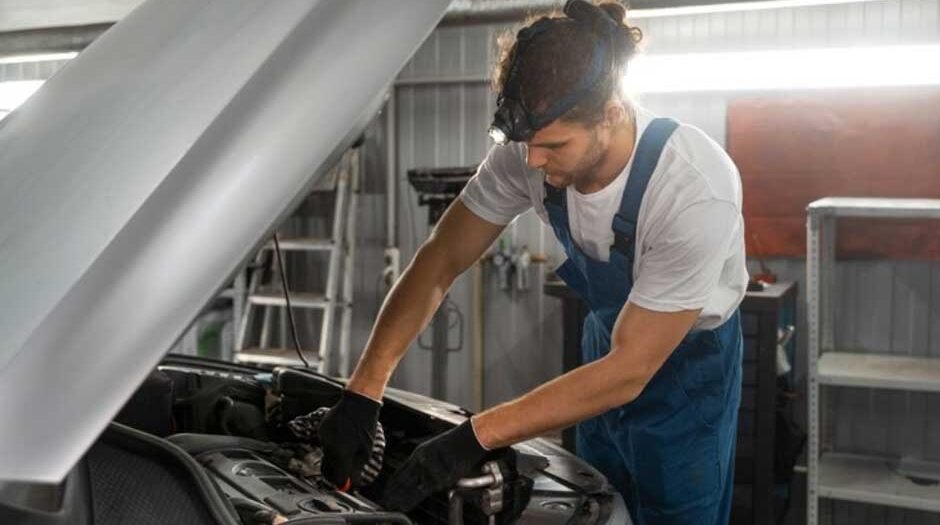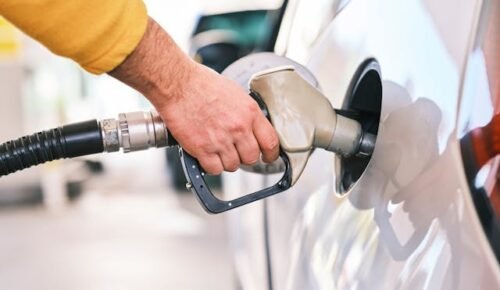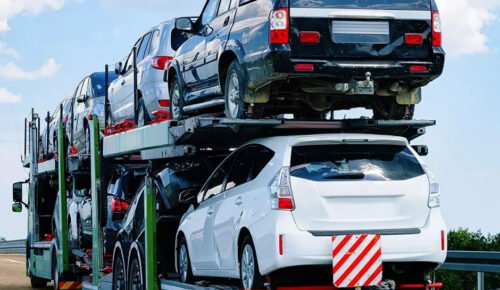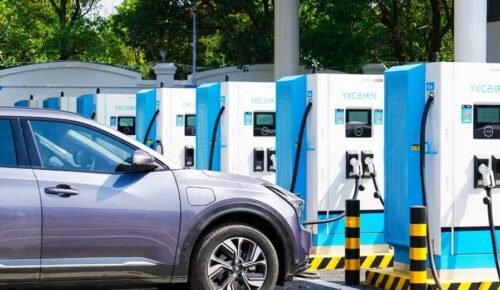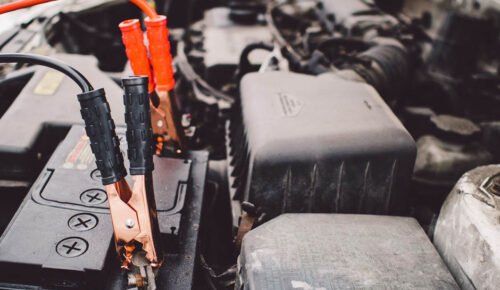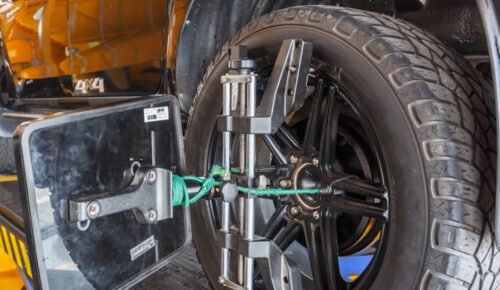A neutralizer is present in almost every car today – it is a component that serves to reduce the toxicity of exhaust gases. In modern conditions, such spare parts are especially often clogged with slag due to the use of not always high-quality fuel, poor road conditions, etc. reasons that predetermine the premature failure of this already expensive unit.
If your converter becomes unusable, you can easily sell it on site Autocatalyst. There you can see the estimated cost and find a buyer. Perhaps there is no car owner who has never in his life in his automotive practice asked the question: what happens to fuel consumption when the converter starts to clog?
Impact of excessive pollution
Does removal really reduce fuel consumption? Is it necessary to replace the lambda probe in order to reduce consumption? Let’s talk about everything in order.
What is the relationship?
One of the signs that the spare part is already completely clogged is increased fuel consumption. As soon as you have the feeling that the car has begun to consume more than usual, we advise you to immediately check the converter. Don’t be lazy, do it yourself or go through the appropriate procedure at a car service, since the consequences of delay in this matter can cost you significantly more.
Note that competent, but not entirely clean, auto mechanics, instead of directly eliminating this problem, will often try to “cheat” you into many other, essentially unnecessary services. So that you are savvy in this matter, let’s figure out how this part affects fuel consumption.
The thing is that the car is equipped from the factory with special oxygen sensors, which are also called lambda probes. Usually two such elements are installed – before and after the part; in some brands of cars there are more. At the same time, the principle of installing lambda probes, regardless of their number, is the same – before and after the neutralizer.
Such sensors are needed in order to transmit information about the composition of exhaust gas to the vehicle’s electronic control unit. Based on the data received, it adjusts the composition of the fuel-air mixture and its dosage in real time during operation. The second lambda probe shows how efficiently the spare part has worked.
At the initial point in time, when the converter has just begun to clog, the readings of the second lambda probe will differ from the norm. However, the indicator on the dashboard with the error code will not light up yet – the whole point is that the electronic control unit will initially try to correct the sensor readings by changing the fuel consumption. It is at these moments that your car will begin to “eat” more.
You can determine that this moment has arrived in an elementary way independently and without any computer checks. What you need to do for this: unscrew the converter and shine a flashlight through its grille from the opposite side, with two options possible:
- if there is no light at the other end, then you can make an unambiguous diagnosis – it’s completely clogged;
- if the light is barely visible somewhere in the middle, then the blockage process has begun and has already reached an irreversible level – in this case, the part can be screwed back on and the car can still be used for a while until it becomes completely clogged, or you can immediately replace the clogged one with a new one or manufacture it deletion.
A clogged element inherently represents additional resistance to exhaust gases, which causes a slight increase in operating costs due to increased fuel costs. After removing the source of resistance, the flow rate returns to normal.
